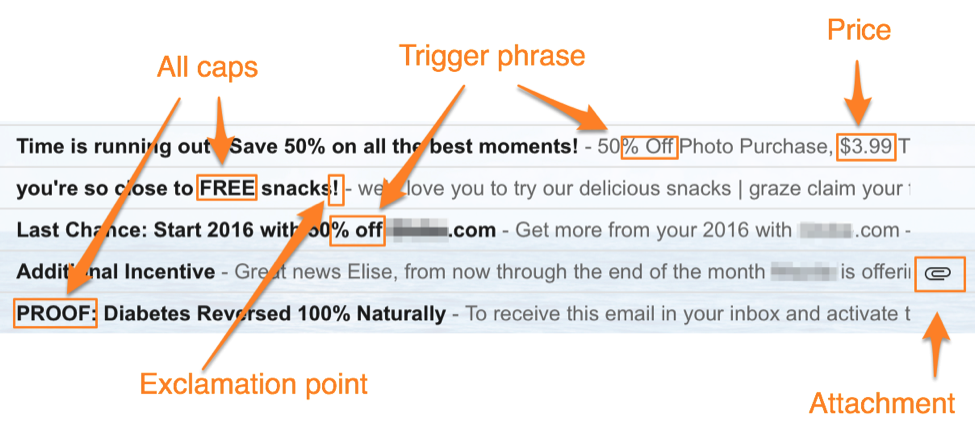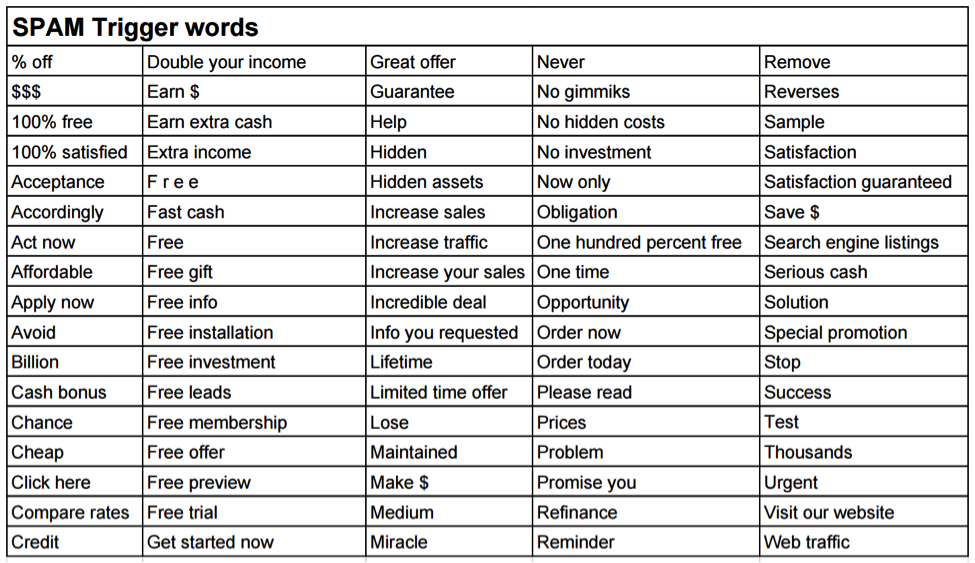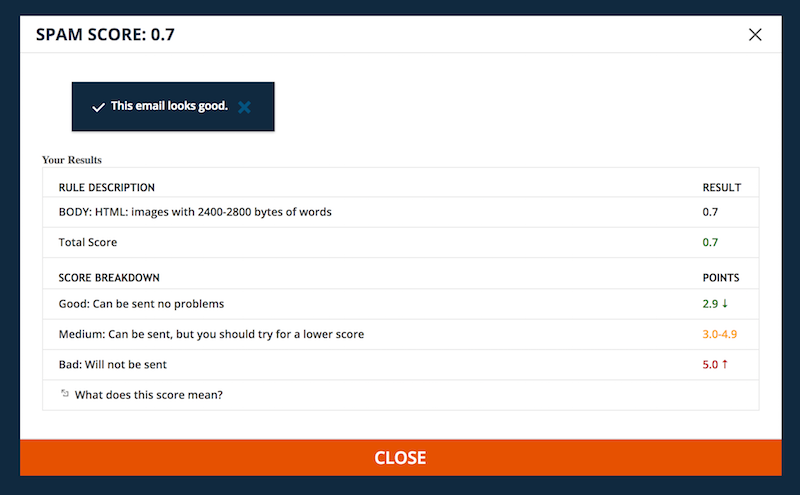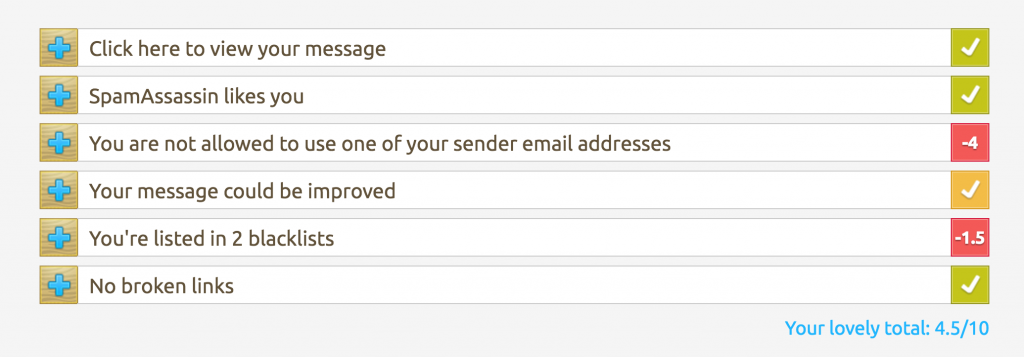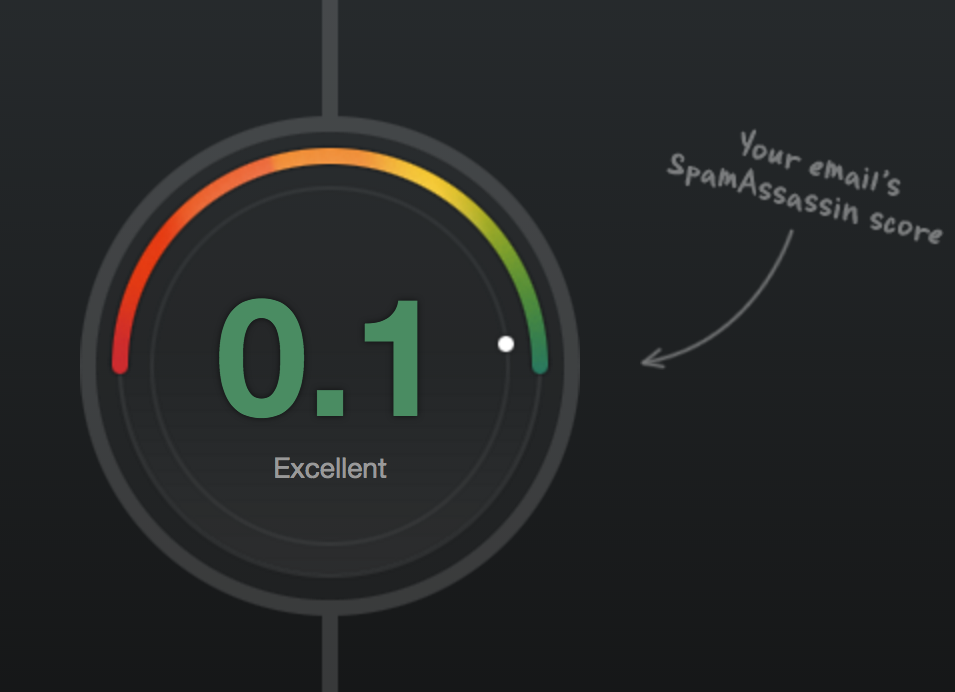Deliverability issues are a serious concern for everyone that does email marketing. But do you know that the way you write emails is the main factor that decides if they end up in the recipient’s inbox or spam folder? Especially, the spam words you might be using without even knowing they are “bad”.
Today we’re talking about the power of words – those magical creatures that can trigger the SPAM filter in a second and bring your whole campaign down. You might not even know they exist, or have made a small mistake, or you just like that specific expression and use it constantly.
Understand
The mythical SPAM filter is one we all know exists but tend to forget it might punish us too. We assume it just filters fake websites and products and that it will automatically decide we’re cool people and offer legitimate services and products. That’s not the case.
The SPAM filter scans an email message and checks for many elements – we discussed the link issues that you can easily fix, now let’s talk about your content.
Word Triggers
Email spam filters analyse the content of your email to decide whether it should be sent to the inbox or should be deferred to the spam folder, but as you can guess, all depends on the context. Some of the trigger words are innocuous enough so you’ll see them in other mails that successfully reach your inbox. Still it’s better not to take the risk with them because they’ve been used (and abused!) by spammers for such a long time that the chance your message being marked as spam is too high. There are two main types of words and expressions that will trigger it. Let’s review the most common cases:
- Misspelling on purpose – some people like using an alternative spelling of a word. It’s their “thing”. They want people to recognize them by it and identify it as their tag line. I understand, but Google and the other email providers might have a different idea. Unless you really need to use it, don’t. Keep it simple and correct. Don’t say AWZome, instead of awesome. Unless that’s the name of your company 🙂
- Spelling mistakes that you didn’t see – Now those are the worst kind of mistakes. They make you embarrassed and might send you to spam. Not always but this is the case for some words like sex, money, pills, free, etc. Don’t forget to use the spelling check or Grammarly – they are life-savers! Something else you can do is to send that email first to yourself and a friend. You probably won’t see any issues as you’ve already been accustomed to the content. Your friend, on the other hand, might detect some problems and help you sound more professional.
- Trigger-words – There are some expressions that will almost always trigger the spam filter. Among them are promises like “not a scam”, “earn money”, “$$$$”, “risk free”, “XX % OFF!”, “satisfaction guaranteed”, “more traffic”, “money back guarantee”, etc. Such trigger words are bad enough in the email body, but in the subject line they are even worse.
If it sounds fishy to you if you read it in an email you receive, you should rephrase or avoid it. This includes deals that sound too good to be true “CHEAP [INSERT HIGH-END BRAND NAME HERE]”, “miracle” solutions for health problems, all phrases that sound like an obvious clickbait (“You won’t believe your eyes!”), prizes and giveaways, “You’ve WON!”, promises of easy cancellation or refund, and the overuse of “free”. - Formatting and punctuation – We’ll be covering that topic next week, but it wouldn’t hurt to say a couple of words about it. Abuse and overuse of punctuation and all-caps could get you in the spam folder in less than a second.
There’s a thin line between a good call to action in emails and a spammy one, and you have to tread carefully in that territory to avoid falling into the “Spam” abyss. This is even more true when creating a sense of urgency that would motivate contacts to purchase. “Time-limited”, “While supplies last”, “once in a lifetime opportunity” are serious red flags for any spam filter. You can find a good industry-related list of spam words provided here. Plus an interactive table created by Automational on this link
The Spam Score
Some email marketing providers have integrated a spam score calculator, powered by SpamAssassin, in their system. This is an awesome tool that will help you understand what issues are predicted about your email body. As this is an open-source enterprise software, you can’t just test your emails on their website. Your email marketing tool provider needs to first integrate with it or a similar tool.
In Ontraport for example, once you save your email message, the score is calculated automatically. You can click on the number and that will give you valuable information about the predicted deliverability. Consider a score under 1.5 good, but please always click to see their recommendations.
For example, we found that SpamAssassin doesn’t like “money back guarantee”, but doesn’t mind “refund policy”. The quantity of html code in the body of the email or the image-text ratio in the email are issues you need to take care of. Consider updating if possible but don’t become a maniac.
There are 2 free tools that you can use if your email marketing tool doesn’t show you a spam score.
Mail Tester is free for up to 3 tests per day. That should be enough if you’re sending a newsletter and want to confirm it’s going to end up in the inbox. What you need to do is send the message to a unique email address they’ll give you (we use the test settings in our email softwares). Afterwards you get a score from 0 to 10, where 10 is the best score you could get.
Another free tool you can use is Spamcheck by Postmark – it test the email using the full headers and content, so you need to be more confident finding your way around your email. But the results are using the SpamAssassin software – and the explanations might seem a bit too complicated at first.
Summary
The general conclusion would be to avoid any exaggerated claims, fishy offers, easy money or cheap products with dubious quality. Be a merciless critic of your email copy and ask yourself – if I get this email myself, would it raise any suspicion? If the answer is even remote “yes”, rewrite and rephrase until you’re satisfied.
Do you like our email deliverability tips? Get our free 101 marketing automation tips!


